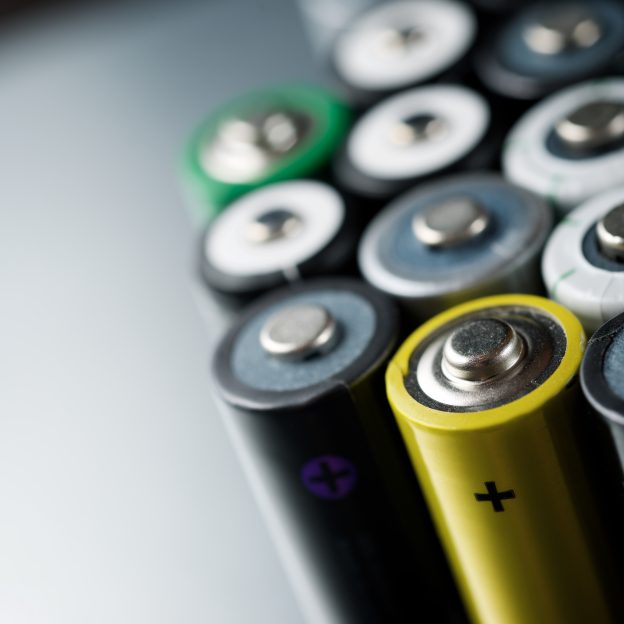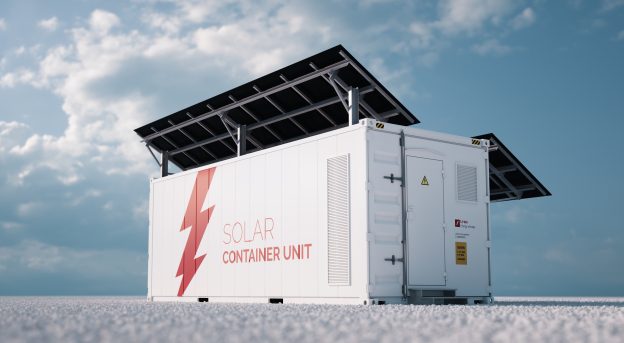Cambodia’s Ministry of Mines and Energy formally announced on November 8 that it will accelerate the development of domestic PV projects. Furthermore, Cambodia aims to expand its PV generation capacity to 495MW by 2023. Ith Praing, Permanent Secretary of States at the Ministry of Mines and Energy, first revealed this target in October when he was attending a forum held by the International Renewable Energy Agency in Singapore.
As reported by various news outlets, Praing said hydropower comprises about 88% of the country’s daily electricity supply, and solar PV comprises about 9%. Hence, renewable energies seem to represent the majority of the domestic generation capacity.However, hydropower has its drawbacks. News agencies have reported that the new hydropower dams that Cambodia has recently built on its section of the Mekong River are negatively affecting the livelihoods of local farmers and fishermen. Furthermore, these projects create tensions with other Southeast Asian countries that share the Mekong River. Besides these issues, a long period of drought has affected the operation of these hydropower dams. This, in turn, is causing an electricity shortage crisis across Cambodia. At the same time, Cambodians’ electricity demand continues to grow steadily. All in all, there is an increasing urgency for the country to diversify its energy mix.
According to the reporting by newspaper Khmer Times, Praing was at the event in Singapore to present Cambodia’s “Power Development Plan 2020-2040”. The plan seeks to improve the country’s power supply in several aspects including accessibility, reliability, affordability, and security. The plan is also a way for Cambodia to contribute to the fight against global warming and climate change.
The Cambodian government is encouraging investments in PV generation by providing incentives such as cheap land. The number of PV power plants in the country that have finished construction and grid connection came to four this March. Their combined generation capacity is around 155MW. Two of them are located in Svay Rieng Province (10MW and 5MW), one in Kampong Speu Province (80MW), and one in Kampong Chhnang Province (60MW).
Four more PV power plants will be built and connected to the grid by the end of this year. They are respectively located in Svay Rieng Province (20MW), Banteay Meanchey Province (30MW), Battambang Province (60MW), and Pursat Province (60MW). Together, they will add another 170MW. In another latest development, French renewable energy developer Total Eren has acquired a 73.9MWp project in Battambang Province from Chinese solar enterprise Risen Energy. The deal was inked on November 4.
An article published by VOD on November 3 offered a somewhat different account of Cambodia’s electricity supply: fossil fuels (e.g., coal and oil) actually comprise 34% of the total domestic electricity supply in 2020, whereas renewable energies (e.g., hydropower, solar PV, and biomass) comprise 42%. Also, a substantial share of electricity supply was imported (25%). A related article published on CHINANEWS.com reported that Cambodia’s electricity demand came to around 12GWh in 2019, showing an annual growth rate of 23%. This article further pointed out that the total generation capacity of Cambodia’s hydropower dams reaches 3GW in the wet season but can shrink to 2.2GW in the dry season.







